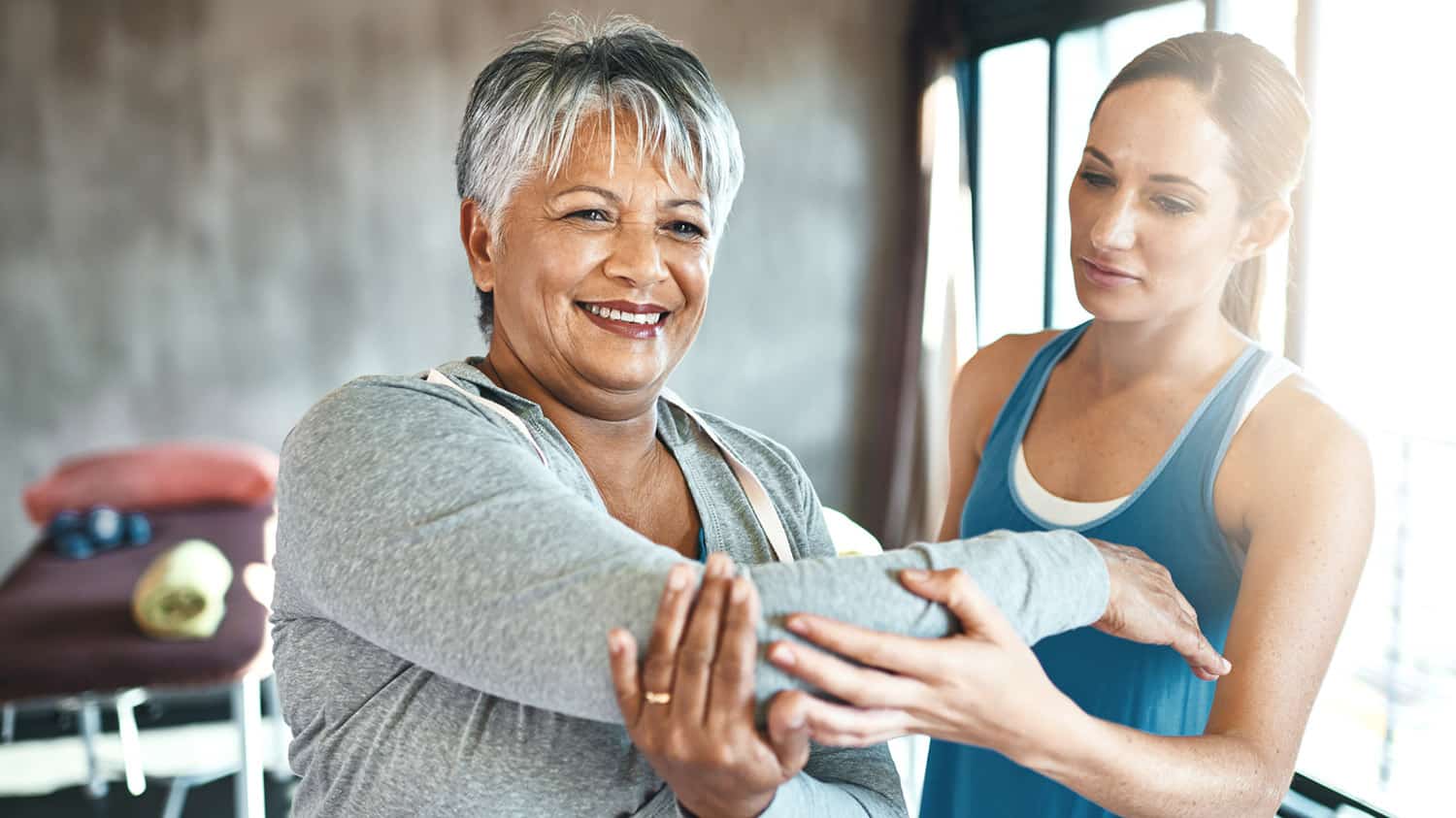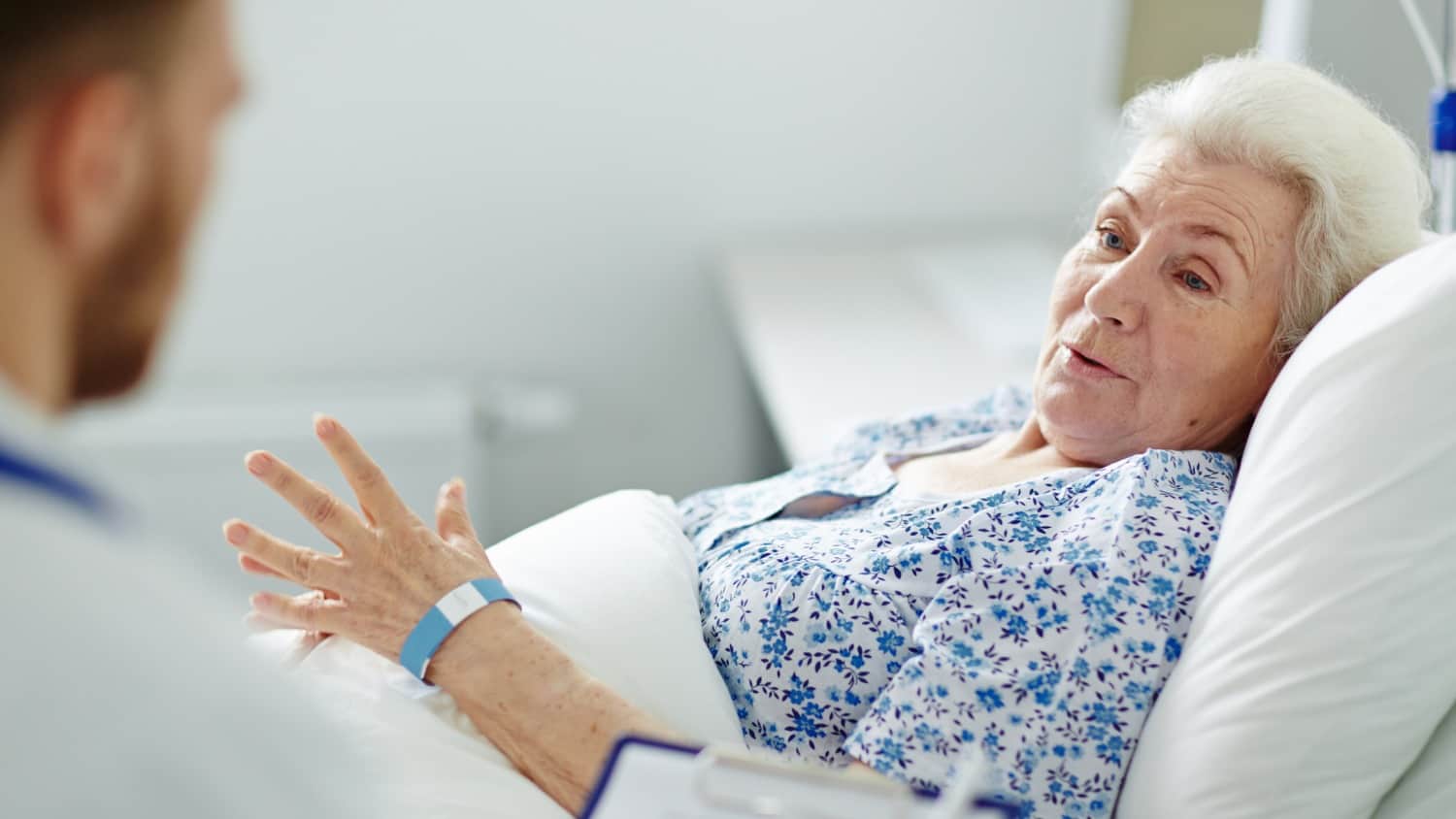
How to Relieve Arthritis: 13 Drug-Free Solutions You May Not Have Heard Of
Painful joints and arthritis were traditionally treated with oral painkillers such as acetaminophen (paracetamol), ibuprofen or stronger anti-inflammatory drugs.
These are now discouraged, following concerns that they may affect your liver and kidneys, as well as increasing your long-term risk of heart attack or stroke.
This doesn’t mean you need to put up with joint pain, however, as a variety of safer creams and gels, painkilling devices and food supplements can help. So, let’s talk about how to relieve arthritis.
How to Relieve Arthritis with Topical Creams and Gels
As children, we quickly learned that ‘rubbing it better’ really works for reducing the pain of knocks and sprains. Rubbing stimulates nerve endings and overwhelms the signals reaching the brain so pain perception is reduced.
This same concept can help painful joints in later life. The physical action of massaging in the treatment also warms the area, increasing blood flow so the active analgesic ingredients sink into the skin more readily.
The most popular pain relieving creams and gels include substances such as oil of wintergreen, eucalyptus, capsicum or peppermint/menthol which have a warming or cooling effect.
These ingredients provide a low-level, continuous stimulation of nerve endings so they become less sensitive and pass on fewer pain messages to the brain.
Those messages that are passed on also tend to get screened out as they pass through special ‘pain gates’ in the spinal cord – this is how the body shuts off distracting irritation and these ingredients are known as ‘counterirritants.’
Glucosamine Gel
Glucosamine gel provides building blocks needed for the production of synovial fluid and cartilage, and acts as a biological signal to suppress inflammation and switch on repair mechanisms.
A form known as n-acetyl glucosamine is small enough to sink into the skin when applied as a gel. Research shows that topical preparations containing glucosamine can significantly reduce the pain of knee osteoarthritis within 4 weeks.
Celadrin Cream
Celadrin cream contains a blend of natural, waxy, cetylated fatty acids which have a natural anti-inflammatory and pain-killing action.
These cetylated fatty acids occur naturally in sperm whale oil and in a strain of mice renowned for their immunity against arthritis, but those used in creams and food supplements are derived from olive oil.
Research shows that applying celadrin cream can reduce pain and improve the range of movement in arthritic knees so the ability to climb up and down stairs increases. It is also helpful for muscle pain associated with pressure on trigger points.
Comfrey Ointment
Comfrey ointment contains comfrey root extracts with its two main active ingredients: allantoin which promotes tissue regeneration, and rosmarinic acid which damps down inflammation and reduces pain. Comfrey root cream is a popular and effective treatment for joint pain, sprains and strains.
For best results, apply a topical joint cream or gel after a warm bath or shower, or after exertion, so it sinks in quickly. Wash your hands immediately after applying the treatment. Don’t touch or rub your eyes while you have topical cream on your hands – they can really sting!
Pain Relieving Devices That May Help with Arthritis
An increasing number of pain relieving devices are gaining medical acceptance for their effectiveness. These drug-free approaches include red light wavelengths, TENS (Transcutaneous Electrical Nerve Stimulation) machines, microcurrent therapy and electronic pain relief patches.
A study involving 1,949 patients with pain found that 93% experienced significant pain reduction from using microcurrent therapy.
Magnetic Therapy for Arthritis
I am a great fan of magnetic therapy for pain, which is increasingly used in mainstream medicine. Researchers estimate that static magnetic therapy has a success rate of 85% for producing clinically meaningful reductions in pain, which is considerably higher than many pain-killing drugs.
Relief is usually rapid, with muscle pain often diminishing within 30 minutes of applying a therapeutic strength magnetic device. Pulsed electromagnetic fields are even used in hospitals following joint surgery to reduce pain, inflammation and swelling and hasten healing.
In people with osteoarthritis, pulsed electromagnetic therapy not only improves joint pain and stiffness, but also stimulates cartilage repair and bone remodelling.
What About Copper Bracelets?
Many people with arthritis wear a copper bracelet or copper insoles and find them helpful for reducing joint pain and stiffness.
Copper bracelets don’t work for everyone, and may depend on whether or not you are copper deficient. It’s probably best to hedge your bets and wear a copper bracelet that also includes therapeutic magnets.
Supplements for Arthritis
More supplements are used to improve arthritis joint pain than just about any other health condition. The most popular supplements for knee pain are glucosamine, chondroitin, omega-3 fish oil, collagen and vitamin C.
More recently, evidence also supports the use of turmeric, rosehip, ginger and even cherry extracts.
What Has Worked for You?
I’m currently wearing a magnetic bracelet which I swear by – and apart from any pain benefits, it happens to look great!
Has your doctor suggested you cut back on your painkillers for arthritis? If so, what non-drug ways have you found effective for reducing arthritis joint pain? Do you have any advice for how to relieve arthritis? Please share your pain-relieving methods with the community.
Tags Medical Conditions






